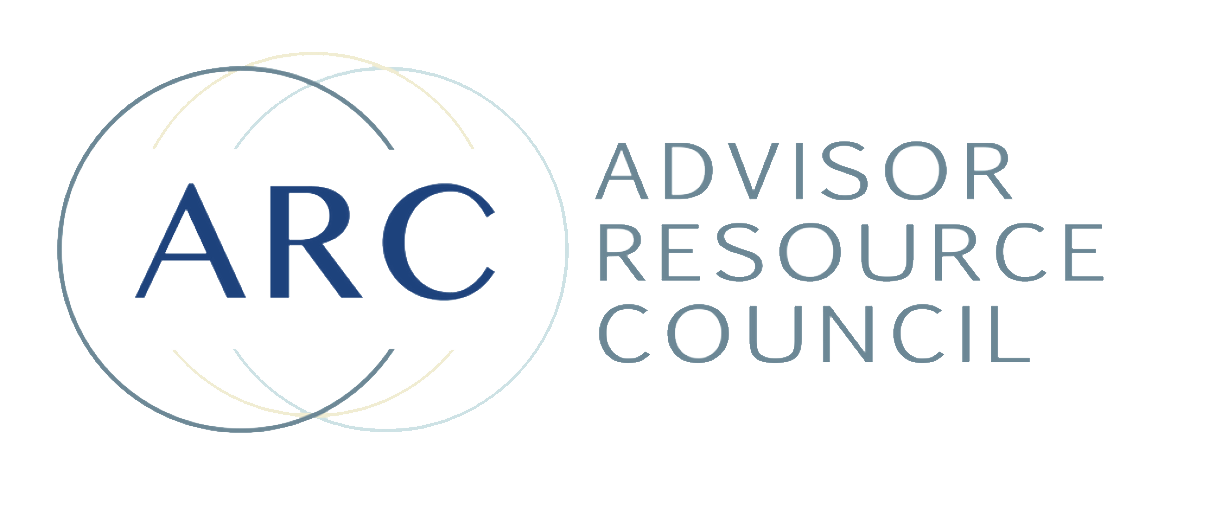Getting Clients Unstuck: How Financial Advisors Can Transform Habits and Build Trust
Summary: For financial advisors looking to deepen their expertise in behavioral and relational finance, understanding why clients get "stuck" is essential. This article explores how emotional experiences and past behaviors influence financial decisions, often more than pure knowledge or discipline. By integrating behavioral finance practices, advisors can help clients uncover hidden emotional triggers, build trust, and create personalized financial strategies. Advisors are encouraged to use curiosity-driven questions, recognize behavioral patterns, and celebrate progress to foster lasting change. This deeper approach not only enhances financial plans but strengthens advisor-client relationships, setting advisors apart as trusted partners in financial wellness.
As a financial planner, I’ve seen time and again how money isn’t just about numbers—it’s deeply personal. It’s tied to emotions, habits, and past experiences that shape how we spend, save, and invest. Over the years, I’ve come to realize that to truly help my clients achieve their goals, I have to dig deeper into what’s driving their decisions. This journey has led me to an essential understanding of behavioral and relational finance and the critical role it plays in my work.
Why Clients Get Stuck
One of the most common patterns I’ve noticed is clients feeling “stuck.” They know what they should be doing—whether it’s sticking to a budget, saving for retirement, or managing debt—but something holds them back. It’s a frustrating cycle for them and, honestly, for me too. They repeat the same mistakes, feel terrible about it, and struggle to move forward.
What I’ve learned is that this stuck feeling isn’t about a lack of knowledge or discipline. It’s about deeper emotional experiences and stories they’ve carried with them for years—sometimes without even realizing it..
The Emotional Side of Money
Let me give you an example. I’ve worked with clients who overspend the moment they get a raise. Logically, they know it’s time to save more or pay down debt, but they can’t seem to resist the shiny new purchase. It’s easy to chalk it up to poor self-control, but there’s usually more to the story. Often, these behaviors are rooted in childhood experiences, like growing up in a household where money was scarce or where spending was used to soothe stress.
This is where being curious comes in. By exploring these hidden emotional scripts, I can help clients recognize why they’re making certain decisions and work with them to change the story.
How I Apply Behavioral Finance in My Practice
Here’s how I approach these situations:
- Start with Curiosity
I ask clients questions designed to uncover emotional triggers. For example, I might ask, “How do you feel when you think about saving?” or “Can you remember a time in your life when money caused stress?” These questions open the door to self-reflection. - Look for Patterns
Together, we explore the connections between past experiences and current behaviors. For instance, someone who saw their parents argue about money may avoid financial discussions altogether, even if it’s detrimental to their goals. - Create a Plan That Feels Personal
Once we understand the underlying emotions, we work to create strategies that align with both their financial goals and their emotional needs. This might mean using tools that reward positive financial habits or breaking big goals into smaller, manageable steps.
Strengthening the Advisor-Client Relationship
When I take the time to understand my clients on this deeper level, something amazing happens: trust grows. Clients start to see me not just as their financial planner, but as a partner in their journey toward financial wellness. They feel heard, understood, and supported.
This trust is critical because money can be a deeply vulnerable topic. Clients need to know that they can share their fears and struggles without judgment. That’s the foundation for real, lasting change.
My Advice to Fellow Advisors
If you’re an advisor looking to integrate behavioral finance into your practice, here are a few things I’ve found helpful:
- Use Behavioral Tools: Incorporate assessments that reveal client tendencies, like risk tolerance or spending habits.
- Be Patient: These conversations take time. Clients won’t always uncover emotional connections right away, but every small breakthrough counts.
- Celebrate Wins: Whether it’s sticking to a budget for a month or paying off a small debt, celebrate progress. It builds momentum and reinforces positive behaviors.
Why It Matters
Understanding the emotional side of finance has transformed the way I approach my work. It’s no longer just about creating a great financial plan—it’s about helping my clients overcome the barriers holding them back. By addressing these “stuck points,” I can guide them toward not only financial success but also a healthier relationship with money.
Let’s Move Forward Together as Advisors
If you’re a fellow advisor, I hope this has given you a fresh perspective on the power of suspending judgement and staying curious. Helping clients get “unstuck” isn’t just about financial knowledge or technical expertise—it’s about understanding the deeper human forces at play. When we take the time to uncover the stories behind our clients’ decisions, we can create not only effective financial plans but also meaningful, lasting relationships.
This approach isn’t always quick or easy, but it’s worth it. By integrating behavioral finance into your practice, you’ll position yourself as a trusted partner who offers more than numbers—you’ll offer real transformation. So, let’s commit to doing the deeper work, asking the right questions, and staying curious. Together, we can raise the standard for what it means to be a financial advisor.
About the author
This article features insights from More Than a Budget, a podcast co-hosted by John Mitchell, CFP®, and Jeff Fine-Thomas, LMFT. Together, they bring over 30 years of expertise in financial planning and relationship therapy to explore the dynamic connection between money and relationships. More Than a Budget dives deep into how these two forces intersect—and sometimes clash—offering practical wisdom to help couples thrive.
Want to hear more? Click here to explore additional episodes of More Than a Budget!
Investment advice offered by Advisor Resource Council, a registered investment advisor.


